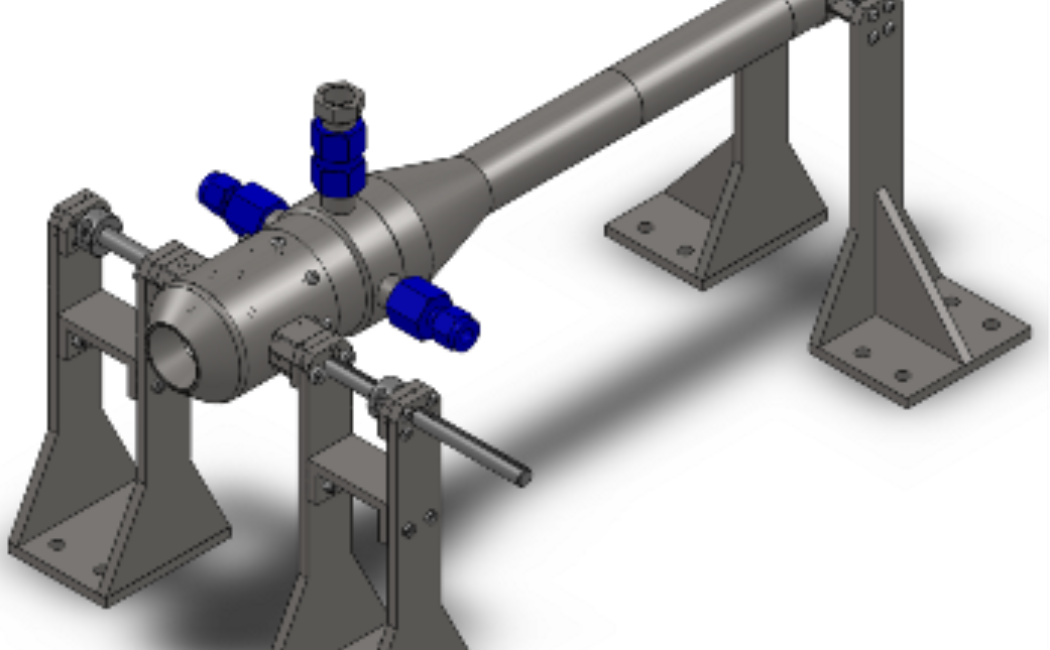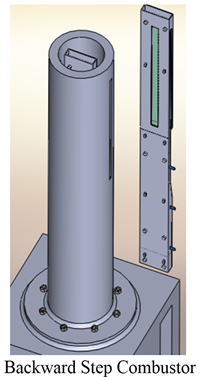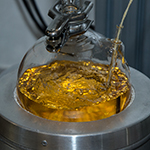
High Pressure Combustion Laboratory
- There is no facility in the world with this combination of high pressure, high gas mass flow and high end optical spectroscopy
- This facility is a framework of infrastructure for fundamental high pressure investigations; experiments are plug and play modules
- The safety infrastructure is Aramco industrial standard with maximum academic level flexibility
- Thermodynamic efficiency of jets and turbines require continually moving towards higher and higher pressure combustion. Our lab infrastructure approaches these levels.
- Combustion kinetics have non-linear pressure dependencies and are rich in academic fundamental studies
- The lab is designed to be large scale for approximation to real world interests (very high Reynolds number flames)
- Exceptional optical access for diagnostics; chemical species, soot formation, temperature, and heat release rate at high pressure
- High pressures (45 bar) and sustainable mass flux (0.16kg/s heated, 0.5 kg/s unheated), real fuels at relevant pressures,
- Five different experiments are in place using the combustion infrastructure
Major Equipments
A high pressure combustion duct (45 bar) is used to contain high Reynolds number flames for fundamental turbulence-chemistry interaction studies as well as soot formation. The apparatus is 8 meters tall and weighs >10,000 lbs).
This instrument is used for studying turbulent non-premixed flames operating at high pressures. This duct allows for flames up to 1.5 meters in length and characterized by Reynolds numbers in excess of 20,000 while under pressures up to 40 bar. Internally, a vertical translation stage supports burners with variable geometry and allows for optical access to the entire length of the flame.
Six optical ports fitted with UV fused silica windows make a multitude of laser diagnostics possible. Planned diagnostics include particle image velocimetry, laser induced fluorescence, laser induced incandescence, and Raman/Rayleigh spectrometry.
2. High Pressure and Volume Air delivery Infrastructure System for Combustion
Fundamental to the operation of this laboratory is an infrastructure capable of delivering sustained high volumes of air at high pressure to points within the lab. Every experiment in the lab taps into this air source through the pipe network and valve system. Mass flow controllers and back pressure regulators deliver the desired air flow. A two-step compression system is employed with a 5000 L receiver tank at 15 bar and a 200 L receiver at 45 bar. The high pressure air can be additionally HEPA filtered and or dried.


